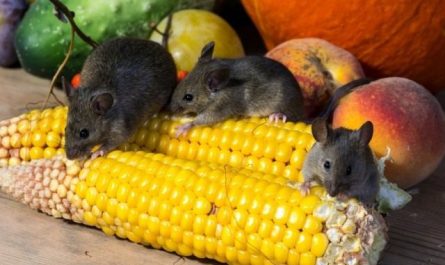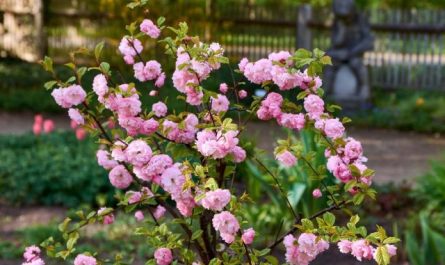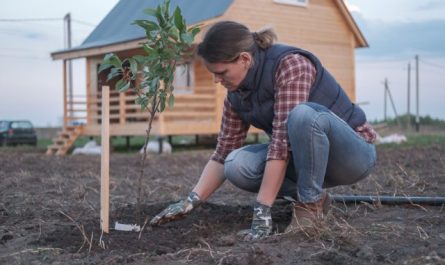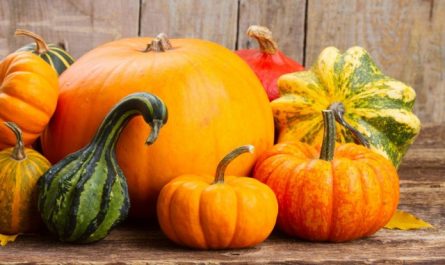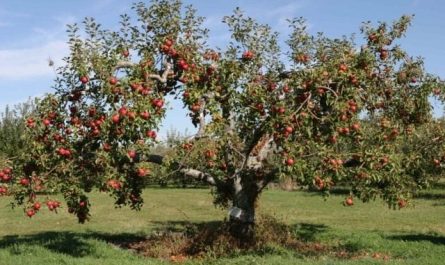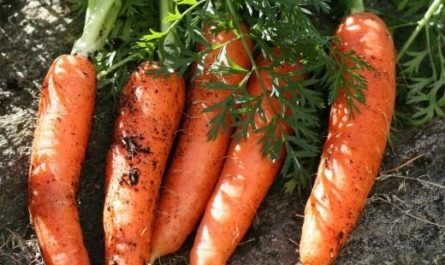It seems like you just planted your seedlings, but before you know it, it’s time to transplant them into the ground. Unfortunately, it’s not that simple. For any seedlings that grew up in a warm house, the transition to the big world is a big change. They’ll need time to adapt, which includes certain steps and actions. Here are some quick tips on when and how to transplant seedlings into the ground.

Take your time!
Some plants, like spinach, are cold-hardy, meaning they need to be planted before it gets too warm outside. Others, like tomatoes and peppers, are heat-loving and will be weakened by too-cold temperatures. Soil temperature is also important.
Remember that earlier is not better, as cold weather slows down growth. Heat-loving plants should not be taken outside until the night temperature is consistently above +15 °C. When preparing to transplant, monitor the weather forecast for your region. If a serious cold snap is expected, postpone planting until more favorable weather.
Advice! If you regularly grow plants from seeds, we recommend keeping track of what you sowed and planted in the ground, when, and when. This will help you plan your plantings for future seasons.
Don’t plant babies, but don’t overexpose the seedlings either.
Early transplanting exposes delicate plants to unpredictable weather conditions. Poorly developed small seedlings have a hard time withstanding cold, heavy rains and strong winds. Their fragile roots have difficulty absorbing water and nutrients, which negatively affects their health.

But there is a downside. If seedlings are kept in containers for too long, their roots will wrap around the soil ball and fill the pot. This will prevent good growth and absorption of nutrients and water after transplanting.
In general, delaying planting will slow down plant development and make it difficult for plants to catch up. Overcrowded seedling trays will also cause seedlings to compete for limited resources, which will stress them and make them more susceptible to disease and pests.
Choose the perfect location for your plants
Different plants prefer different amounts of sunlight.:
- Anything that produces fruit, such as tomatoes, eggplants and cucumbers, needs at least 8 hours of sun per day.
- Leafy greens and herbs, on the other hand, will grow well in less light, but they still need at least 6 hours of sunlight per day.
- Annual flowers are usually light-loving, but there are also shade-tolerant ones. Before planting, study their lighting requirements.
Prepare the soil
The soil in your garden may have compacted over the winter, so loosen the soil and remove any weed roots before planting. Add a spadeful of organic fertilizer to help the soil retain moisture, drain well, and allow the roots of seedlings to penetrate the soil easily.

Do not begin preparing the soil for planting if it is too wet or, on the contrary, too dry. When the soil sticks to your shoe or shovel, it means it is too wet. Squeeze some soil in your hand. If the moisture level is right, the soil will crumble and break up into small lumps. But if it is too wet, it will remain in the shape of a ball.
Raising the soil temperature will help plants adjust to the cold. A couple of weeks before planting, lay down black plastic or landscape fabric to warm the soil.
Don’t neglect hardening
Hardening off is the gradual process of introducing seedlings outdoors, making them ready for planting. The goal is to gently expose plants to the conditions they will grow in. Direct sunlight, wind, temperature fluctuations. These are all new to plants, no matter how well you have mimicked nature on your windowsill. Plants are living things, and they need time to get used to such big changes.

Cold-hardy plants such as lettuce, kale, violas, carnations, etc. can be hardened off once daytime temperatures have consistently reached 5-10 degrees Celsius (usually in April).
Perennials, tropical flowers and heat-loving seedlings such as most annual flowers, tomatoes, peppers and basil should be hardened off at temperatures around 10-15 degrees Celsius (from about May 10).
Any plants being moved from indoors to outdoors must undergo a gradual transition, otherwise they will not survive the shock. Start by watering the plants thoroughly. Keep the soil moist throughout the hardening off period. Dry air and spring winds can cause rapid moisture loss.
Then, 7 to 10 days before transplanting, place the seedlings outdoors in dappled shade, protected from the wind, for a few hours each day. Gradually increase their exposure to full sun and windy conditions.
The hardening process looks something like this:
- Day 1: Take the seedlings outside into the shade for 2 hours.
- Day 2: Place seedlings in partial shade for 2 hours.
- Day 3: Place the seedlings in the sun for 2 hours.
- Days 4-10: Gradually increase the time they spend outside in the sun until they are spending at least 8 hours outside.
Now the seedlings are ready for transplanting.
Choose the right planting time
If possible, transplant on a cloudy day, although this is not always possible. In any case, avoid the heat of the day by planting early in the morning or early in the evening. It is best to plant late in the afternoon so that the transplanted seedlings are not exposed to intense light in the morning.

Watering before and after
When it’s time to transplant, moisten the soil in the seedling’s container and in the garden. This will make the soil stickier. It will hold the seedling better when you remove it from the pot and make a hole in the garden bed to plant the plant.
Be sure to water the seedlings after transplanting and gently compact the soil to eliminate air pockets. Spread a layer of grass clippings or straw around the planted plants to retain moisture and protect the soil from drying out and preventing weed growth. The mulch should not be adjacent to the stems.
Try to preserve the roots
Be careful and try to keep all the roots intact and the seedling undamaged. Place the plants in the holes you dug in the bed. Fill them with soil, tamping them down gently so that there are no air pockets around the roots.

Then water them regularly, making sure the top few centimetres of soil remain moist and the roots are established. Once the seedlings are established (you will see new growth), you can reduce watering to a standard regime. A general rule is to keep the soil slightly moist at a depth of 5 cm below the surface.
Keep the seedlings in their pots in the shade while you lay out the beds and dig the holes. The less time the plants spend bare-root, the better. Remove them carefully and do not pull them by the stems. Instead, squeeze the bottom of the tray. Use a plastic knife if necessary and save as much soil with the roots as possible.
Plant seedlings at the correct depth
With the exception of tomatoes, plant seedlings at the same height they were growing. Tomatoes can be planted with half the stem buried. This will encourage better rooting and, ultimately, more fruit.


